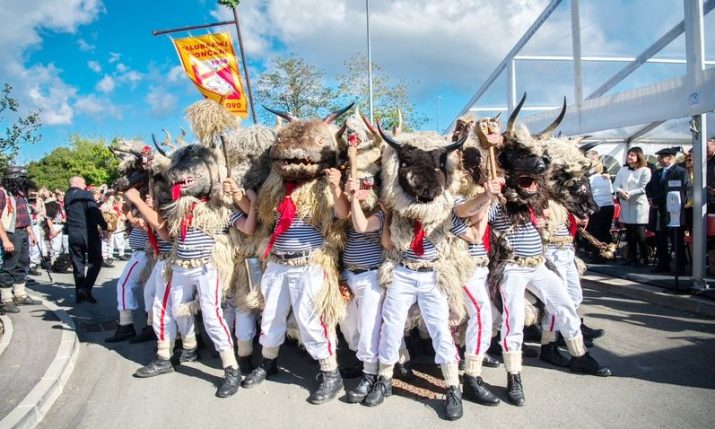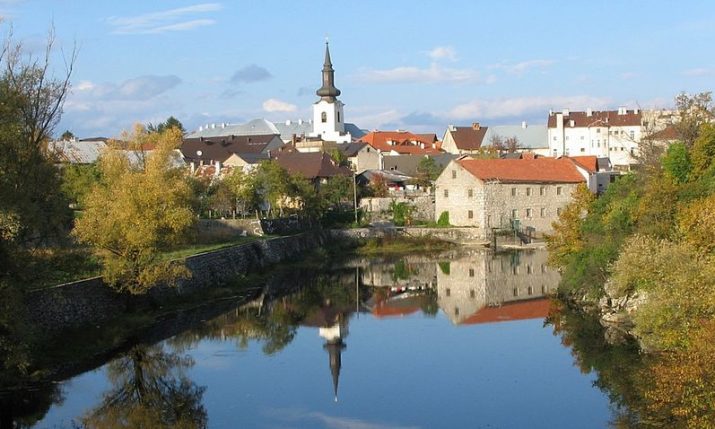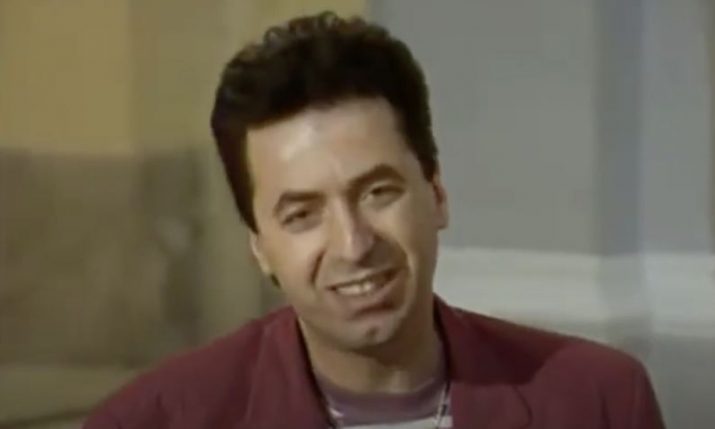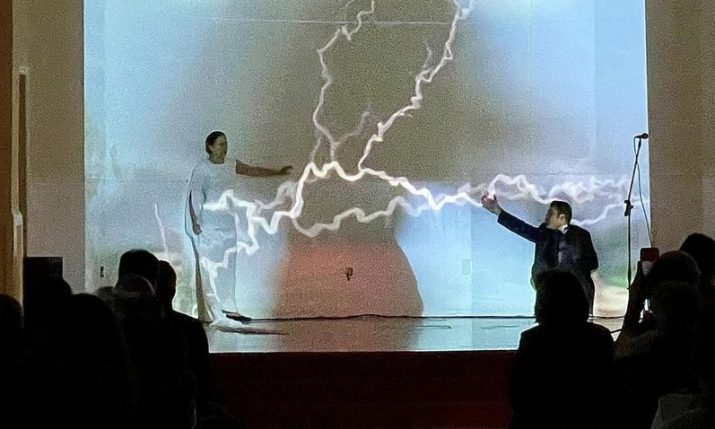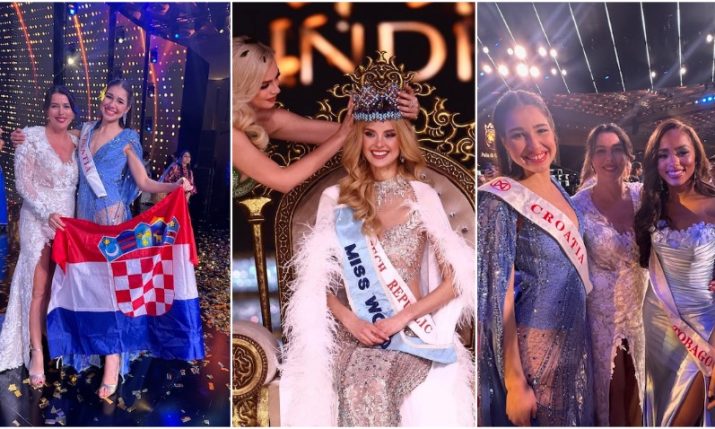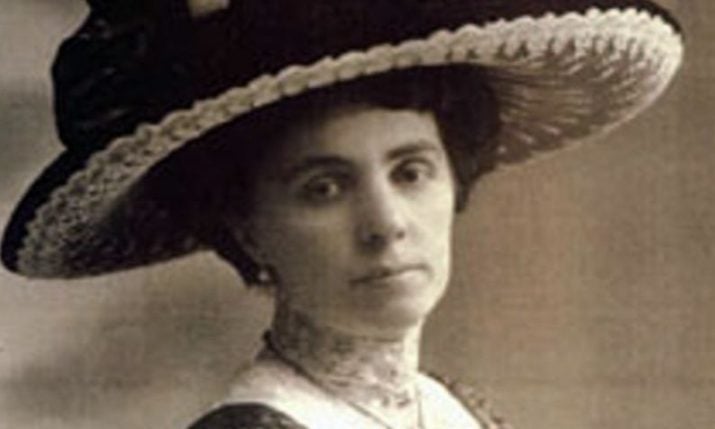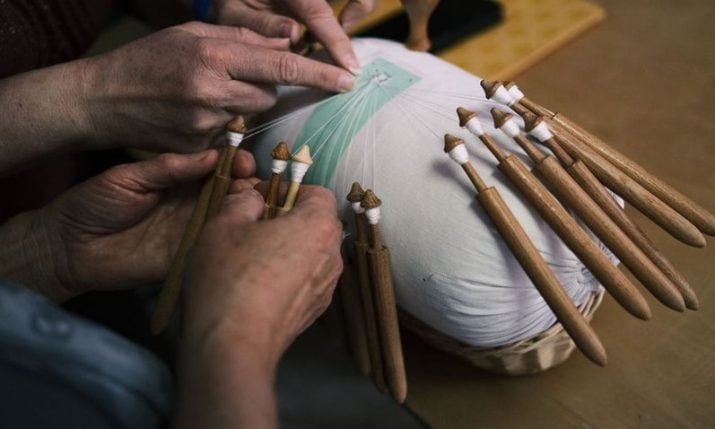New Zealand author pens novel inspired by fascination with Croatia and its diaspora
- by croatiaweek
- in Entertainment
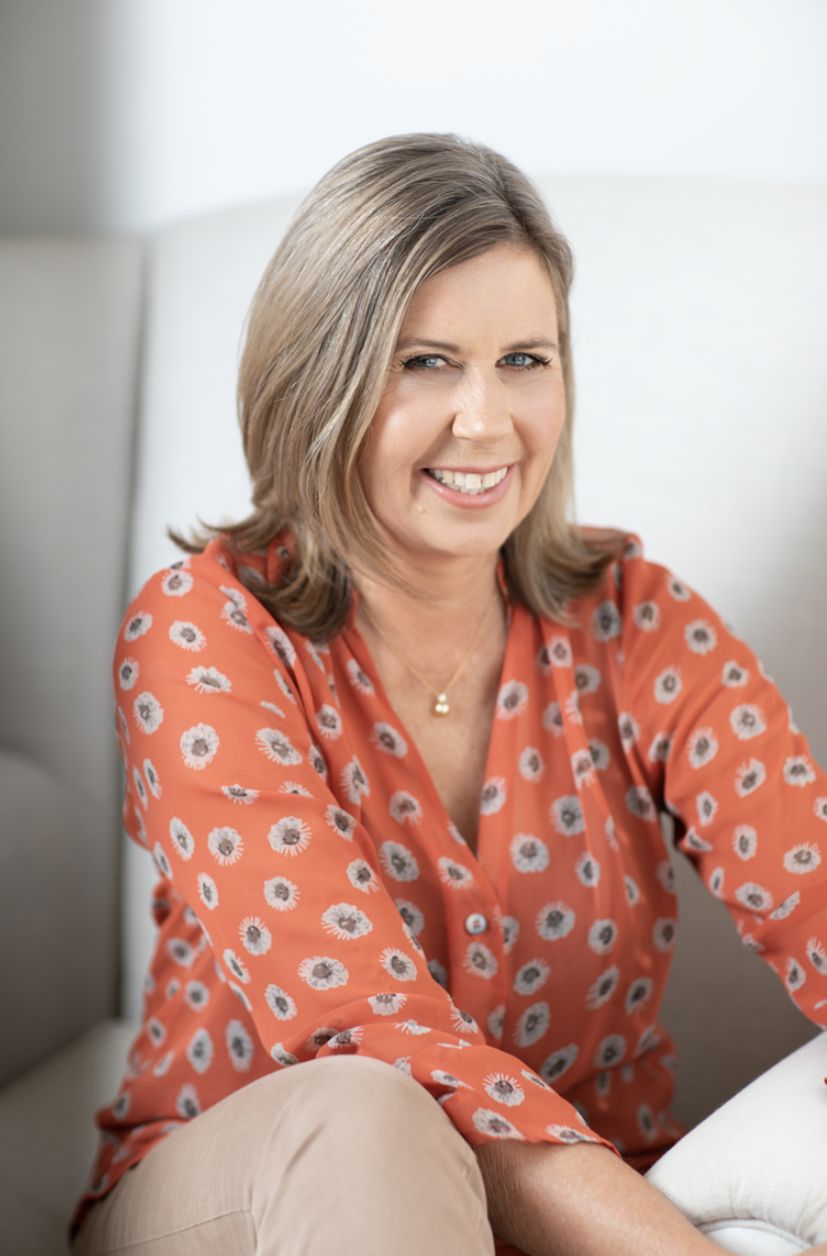
Pip McKay (Photo credit: Colleen Maria Lenihan)
New Zealand author Pip McKay has penned a novel inspired by events in her own life and a long-held fascination with Croatia and its diaspora to both Australia and New Zealand.
This captivating debut novel examines the impact of family secrets while entwining the Croatian immigrant experience with New Zealand and Australia’s much-loved coming of age backpacking ‘Overseas Experience’.
It follows two young women who must fight to overcome adversity while transporting the reader from 1950’s Yugoslavia, to New Zealand, and then back to Europe in the late 1980s. Pip also touches on the sad reality of assault for many women and draws on life experience during her own backpacking rite of passage.
The Telling Time is a tale of two young women, a generation apart, who travel to opposite sides of the world both on fraught journeys of self-discovery. In 1958, Gabrijela yearns to escape the confines of a bleak post-war Yugoslavia and her tiny fishing community, but never imagines she will be exiled to New Zealand – a new immigrant sent to housekeep for the mysterious and surly Roko, clutching a secret she dare not reveal. Thirty years on, her daughter, Luisa, departs on her own covert quest, determined to unpick the family’s past. But not all decisions are equal and amid Yugoslavia’s brewing unrest, Luisa’s journey confronts her with culture shocks and dark encounters of her own.
Pip’s connections she forged within the local Croatian community while researching stories of New Zealand’s Croatian immigrants, have been inspirational. We spoke to her to find out more.
You made your first visit in 1989, where did you go and what were your first impressions about Croatia?
Yes, 1989 was my introduction! I was on a backpacking adventure and reliant on public transport and so my impressions of Croatia were limited to Dubrovnik and travelling the coast up to Zagreb. But wow! I fell in love with Dubrovnik (and feel lucky to have experienced this beautiful city pre-Game of Thrones era and the crowds!). To add some perspective, my girlfriend and I had entered the former Yugoslavia through the southernmost republic, Macedonia. My first impressions of Croatia were therefore how beautiful and sophisticated it was in comparison — the contrasts between the two republics were enormous. I remember feeling awe-struck gazing out on that sparkling clear water and I loved the limestone architecture and the historic feel of the cities. We stayed in hostels but we also had the opportunity to stay in people’s homes and it was interesting gleaning a little about the history through the locals. Before travelling to the former Yugoslavia it was a country I knew very little about but since then I have learnt so much more and I love how my connections keep growing through having written The Telling Time.
How did your connection with the local Croatian community in New Zealand start?
My initial connection was through friends that I met through the local primary school my three boys attended. There were a number of families with Croatian heritage who were part of the school community and I enjoyed hearing about how and when their parents had immigrated to New Zealand.
It fascinated me how the culture was still so important to these first or second generation offspring. I admired their pride and connection with the Homeland. When I decided on the premise for my novel: that a young woman (Gabrijela), would travel to New Zealand from Korčula in 1959, holding close a secret, and that thirty years later, her daughter (Luisa) would return to unpick this secret with the hope of reuniting the family, these stories resonated even more.
I feel privileged to have been welcomed into the local Dalmatian Club by my friends. When researching for the novel the cultural museum at the club was a treasure trove of information. I am also incredibly grateful to have accessed help from the language tutor, Zlata Ozanich, who checked my use of Croatian scattered throughout the novel. Most of all it was helpful to soak up the atmosphere, enjoy the food, and be able to chat with a variety of people about their unique experiences as immigrants or being the child of an immigrant.
What have you learned being close to the community?
My impression is that the community support each other and provide an important link to keep alive the culture, especially amongst the older members. I gained an appreciation of the importance of food and traditional music and I can imagine how comforting this would have been in their early days here. It makes sense why they stuck so closely together. As alluded to above, many offspring still feel tremendous gratitude and respect for the sacrifices made by their parents and/or grandparents in coming to make a new life — they relish the chance to return and pay homage and meet any relatives who still live in Croatia. I’m left in no doubt about the passion for football and the role these clubs play in gathering communities together!
In New Zealand, and particularly in Auckland, there are still pockets of Croatian communities and in my novel I draw on the community of stonemasons who were based in the Pernrose/Mount Wellington area. Whilst the communities in Henderson and West Auckland (where there are many Croatian-owned orchards and wineries) are perhaps better known, I liked the idea of shining light on a lesser known community.
In researching for the novel I learnt additional interesting facts. Many related to the importance of the stonemasons and how they were integral to some distinctive features, like the Tamaki sea wall, or landmark buildings and monuments around Auckland city. I was interested to discover that when the Napier earthquake struck here in 1931, it was the Croatian stonemasons who were engaged to reconstruct all the kerbing for the roads in the area.
I was introduced to the notion of proxy brides through reading celebrated Croatian author, Amelia Batistich’s novels and short stories. Later I heard many more stories about these women who came clutching a photo of their husband to be and I enjoyed weaving this fact into the novel. I was also granted insight into those very first brave immigrants, the Dalmatian gum diggers and drain diggers and the hardships they faced. And I learnt about the refugee camp, El Shatt, and how many Croatian women and children lived there during the last few years of WWII — again, another interesting fact to weave into the novel.
And last, but not least, I have enjoyed being introduced to the language and learning some basic greetings and tips on pronunciation.
What particularly inspired you to write this novel?
A combination of things. Part personal experience from my backpacking travels back in 1989. As young women, we made a decision that led to a situation where we felt extremely vulnerable. From experience, and from conversations with others, I knew this wasn’t uncommon and I always enjoy books where the characters are placed in situations that are relatable. I thought about the decisions we make when we are young adults and how those decisions can sometimes impact on how life plays out. This became the nugget for the story.
I also suspected readers would enjoy being transported to a beautiful part of the world through descriptions of the landscape, food and architecture. I wanted to transfer to the page what my own impressions had been when first visiting as a young woman and to imagine how heightened these impressions might be for the child of an immigrant visiting for the first time (like Luisa). I combined all this with my interest in immigrant stories: their struggles, what these groups bring to their new country and what they take away and the importance of these stories for future generations. My imagination started whirring . . . for these young people travelling to our side of the world, to Australasia, what would their impressions be? What hurdles would they have to overcome? And finally, I’ve always been intrigued about family secrets, the impact of secrets and how some take years to uncover. The immigrant experience and secrets became the basis for Gabrijela’s story. I bundled all of these inspirations together and started writing!
How long did it take you to write and do you have any interesting anecdotes?
Having never written a novel where did I start? My very first words were what I knew (Luisa’s story) and these chapters now sit in the middle of the book. Those first words were penned in 2014 and the novel took me just over five years to write. As an interesting aside, I didn’t have a bursting ambition to write a novel, I thought it would be out of my reach, but once the story grabbed me (the seed was sown during a short creative writing course) it just wouldn’t let me go.
Part-way along, by the end of 2016, I decided to take a punt and apply for a spot in the Masters in Creative Writing programme at the University of Auckland. From here the writing switched to overdrive. I had deadlines to meet and a thesis to hand in at the end of the year. The critique process was gruelling but incredibly helpful. I also received the best piece of advice during that course from our tutor, Dr Paula Morris. She loved the idea for the novel but told me if it was going to work I had to shift my focus away from Luisa telling the story. This was Gabrijela’s story, her secret, and therefore Gabrijela had to tell at least part of the story herself.
I completed the first draft of The Telling Time, typing ‘The End’ with a flourish, at 2.30 pm on the 13th June, 2018. Why do I remember this exact date? Because my youngest son, Hamish, had set me a deadline earlier that year to complete my writing by his birthday! It’s no word of a lie that I met the deadline on that date but then had to put my own celebrations aside and head downstairs to prepare his birthday dinner — the joys of motherhood right?
Of course, there was still work to be done and two further drafts followed before the novel was ready to be handed to my editor in November 2019.
If I can give advice to anyone interested in writing a novel but feeling daunted, it would be “just start”. Sometimes it can help to start at a place that feels impactful or that interests you. For me, once I get into the creative space the words flow and it’s crazy that the story can lead you places you never expected to be taken. Definitely the process for writing this novel has been organic and for me it kept the process interesting and motivating.
And one last anecdote which relates to my winning the international First Pages Prize, in 2020, for the novel’s opening or the hook that draws readers in. Sebastian Faulks, renowned British author of Birdsong and a slew of other great novels, was the judge who cast the final vote and he chose my chapter where Gabrijela is at her detested place of work on Korčula, the sardines canning factory.
Now, New Zealand is a country known for having contacts one step removed (I think Australia is the same?) and after I’d won the prize, one of my friends boasted that he had gone to boarding school with Sebastian Faulks in England (40+ years ago). What are the chances? I asked if he could get Sebastian’s email address, and true to his word he did! Imagine how excited I was to exchange emails with Sebastian Faulks. I sent him a blog post (available on my website) about how the sardines chapter had moved around in the novel before settling as the opening. And he provided his address so that I could send him a copy of the novel — I wanted to show him that the story did go on from those very first pages.
Did you visit again after 1989 and do you have plans to in the future?
Research is incredibly important when writing a historical novel and so I made it my mission to return to Croatia in 2016. When I decided on the setting for The Telling Time I hadn’t actually been to Korčula — I wanted Gabrijela to come from an Island and I could see from google research and pictures in books that the architectural style I had so admired in Dubrovnik was similar in Korčula’s Old Town. When I finally visited Korčula in 2016 as well as many of the other Croatian islands, they didn’t disappoint! In that same trip I had the opportunity to travel by car from Split to Dubrovnik with stops along the way and this was also inspirational.
And yes, fingers crossed I will return in June, 2022. The Croatian publishers, Znanje d.o. have picked up the translation rights for The Telling Time. The novel will release there in June next year and it would be a dream come true to visit and be a part of the celebration when this happens.
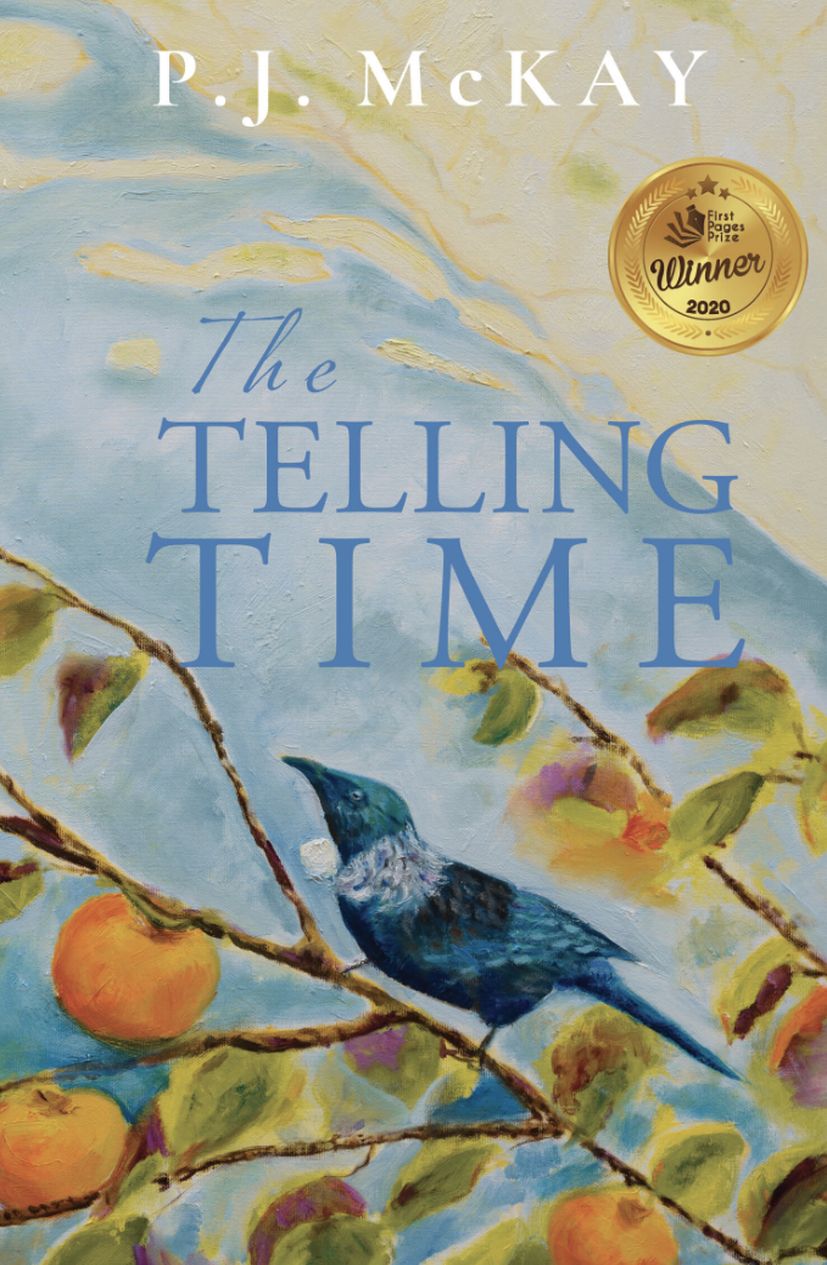
Artwork credit: Catherine Farquhar
The opening for the novel won the First Pages Prize which was judged by an international panel headed by respected author, Sebastian Faulks. Since publication the translation rites have been picked up by Znanje d.o. Publishers, based in Croatia. The Telling Time spent ten weeks in the top ten fiction list and has been reviewed widely, featuring in the New Zealand Herald, Otago Daily Times and on New Zealand’s Radio National.
The Telling Time by Pip McKay is published by Polako Press. Both the book and audiobook are now available for purchase in Australia via the authors website – www.pjmckayauthor.com as well as via Amazon and various audiobook retailer sites.

